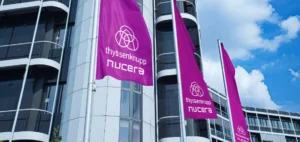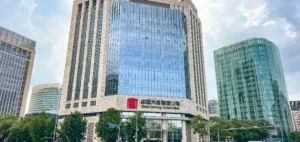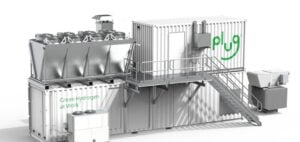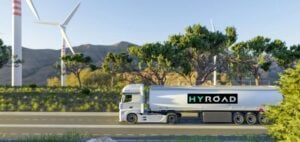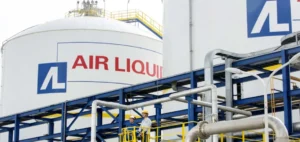The global industrial gases market is expected to reach $365.65bn by 2035, up from $105.82bn in 2024, recording an annual growth rate of 11.95%. This expansion is driven by the rising prominence of hydrogen in global energy strategies, the integration of high-purity gases in advanced manufacturing, and the widespread adoption of carbon capture, utilisation and storage (CCUS) technologies.
Hydrogen as a strategic driver of the sector
Hydrogen, both green and blue, is becoming a pillar of the energy transition. Large-scale investments in production, distribution and storage infrastructure aim to support clean mobility and power grid decarbonisation. Industry players are expanding their portfolios to include low-emission gases in response to net-zero goals and circular industrial policies implemented by several governments.
In heavy industrial processes, gases such as oxygen, nitrogen and carbon dioxide are used to optimise chemical reactions, reduce emissions and improve energy efficiency across facilities. Increased use of these gases is also accompanying the technological advancement of sectors such as metallurgy, petrochemicals and electronic components manufacturing.
Technological deployment and cross-sector alliances
The industry is shifting towards on-site gas generation systems that are more compact and energy efficient, suited to increasing requirements for reliability and operational flexibility. These modular units are addressing rising demand in the production of electric vehicle batteries, semiconductors and photovoltaic cells.
At the same time, the digitalisation of operations – through the use of artificial intelligence (AI) and the Internet of Things (IoT) – is enabling predictive logistics management, real-time monitoring and enhanced traceability across the value chain. Several industrial gas providers are forming partnerships with energy groups, industrial manufacturers and logistics operators to build integrated ecosystems.
Strategic positioning for market players
Diversifying into high-value segments, such as aerospace, precision medicine and advanced electronics, is becoming a key focus. These markets require ultra-high-purity gases and stringent reliability standards. Within this context, the ability to capture, store and monetise carbon is also emerging as a competitive lever, notably through carbon credit markets or CO₂ conversion into industrial feedstocks.
Regional dynamics show an acceleration of projects in areas with high industrial density and supportive policy frameworks. This trend positions industrial gases not merely as commodities but as strategic assets within global energy and technology value chains.














